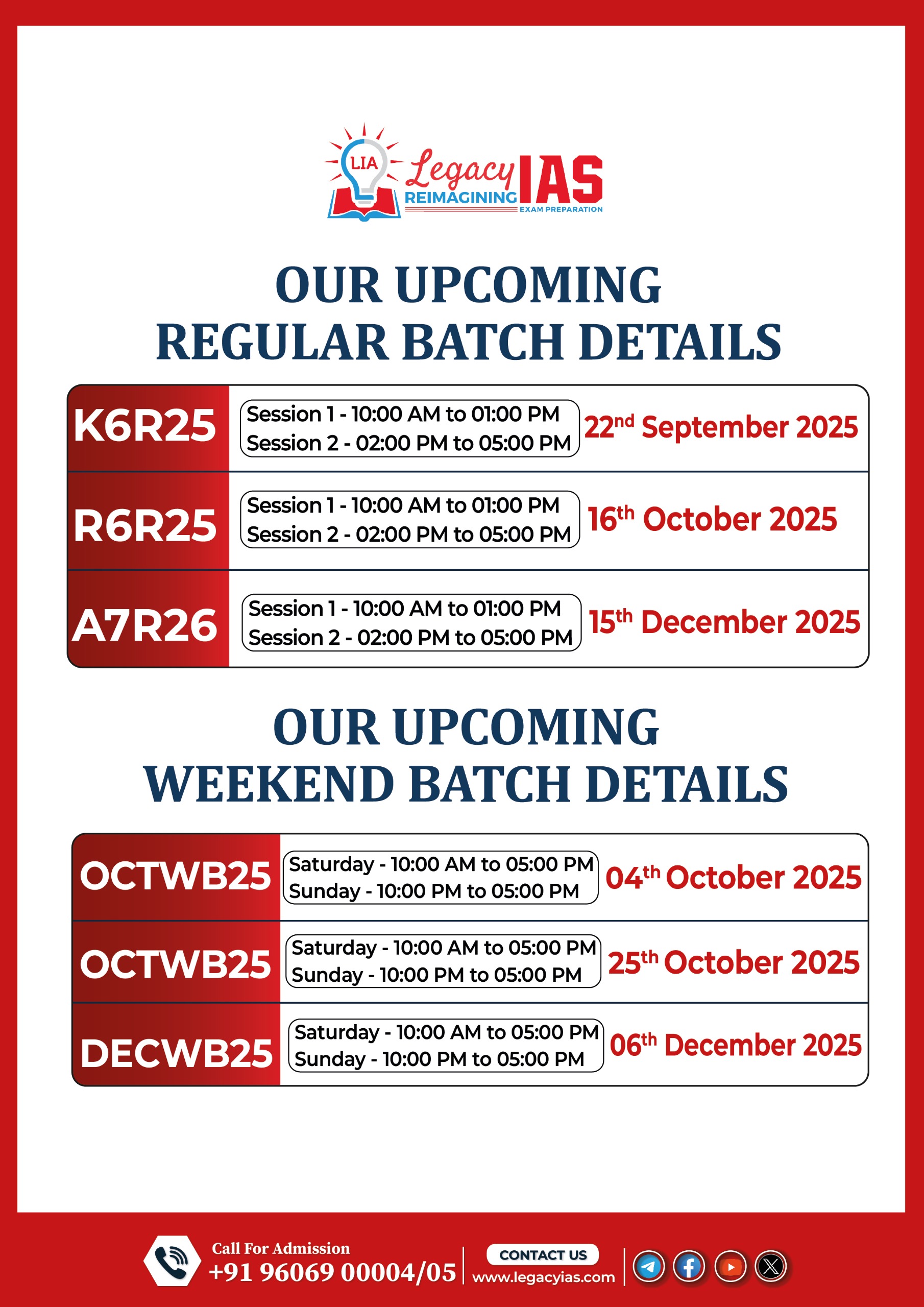Context:
Banks have identified about 22 bad loans worth ₹89,000 crore to be transferred to the National Asset Reconstruction Company Ltd. (NARCL) in the initial phase.
Relevance:
GS-III: Indian Economy (Growth and Development of Indian Economy, NPAs)
Dimensions of the Article:
- What is an Asset Reconstruction Company?
- What are Bad Banks?
- National Asset Reconstruction Company Ltd (NARCL)
- Highlights RBI’s report on Growth of the ARC Industry
- Issues with Indian ARCs
What is an Asset Reconstruction Company?
- An asset reconstruction company is a special type of financial institution that buys the debtors of the bank at a mutually agreed value and attempts to recover the debts or associated securities by itself.
- The asset reconstruction companies or ARCs are registered under the RBI. Hence, RBI has the power to regulate the ARCs.
- ARCs are regulated under the Securitisation and Reconstruction of Financial Assets and Enforcement of Securities Interest Act, 2002 (SARFAESI Act, 2002).
- The ARCs take over a portion of the debts of the bank that qualify to be recognised as Non-Performing Assets. Thus, ARCs are engaged in the business of asset reconstruction or securitization (securitization is the acquisition of financial assets either by way of issuing security receipts to Qualified Buyers or any other means) or both.
- All the rights that were held by the lender (the bank) in respect of the debt would be transferred to the ARC. The required funds to purchase such such debts can be raised from Qualified Buyers.
- The ARC can take over only secured debts which have been classified as a non-performing asset (NPA). In case debentures / bonds remain unpaid, the beneficiary of the securities is required to give a notice of 90 days before it qualifies to be taken over.
What are Bad Banks?
- A Bad Bank (usually set up as a government-backed bad bank) is technically an asset reconstruction company (ARC) or an asset management company.
- Bad banks are typically set up in times of crisis when long-standing financial institutions are trying to recuperate their reputations and wallets.
How does it work?
- A bad bank buys the bad loans and other illiquid holdings of other banks and financial institutions, which clears their balance sheet.
- A bad bank structure may also assume the risky assets of a group of financial institutions, instead of a single bank.
- The bad bank is not involved in lending and taking deposits, but helps commercial banks clean up their balance sheets and resolve bad loans.
National Asset Reconstruction Company Ltd (NARCL)
- National Asset Reconstruction Company Ltd (NARCL) is the name coined for the bad bank announced in the Budget 2021-22.
- The new entity is being created in collaboration with both public and private sector banks.
- NARCL will take over identified bad loans of lenders and the lead bank with offer in hand of NARCL will go for a ‘Swiss Challenge’, where other asset reconstruction players will be invited to better the offer made by a chosen bidder for finding higher valuation of an NPA on sale. The company will pick up those assets that are 100 per cent provided for by the lenders.
- The biggest advantage of NARCL would be aggregation of identified NPAs (non-performing assets). This is expected to be more efficient in recovery as it will step into the shoes of multiple lenders who currently have different compulsions when it comes to resolving a bad loan.
- After enactment of the Securitisation and Reconstruction of Financial Assets and Enforcement of Security Interest (SARFAESI) Act in 2002, regulatory guidelines for ARCs were issued in 2003 to enable development of this sector and to facilitate smooth functioning of companies such as NARCL.
Highlights RBI’s report on Growth of the ARC Industry
- The ARC industry began with the establishment of the Asset Reconstruction Company India Ltd (ARCIL) in 2003.
- After remaining subdued in the initial years of their inception, a jump was seen in the number of ARCs in 2008, and then in 2016.
- There has been a concentration in the industry in terms of Assets Under Management (AUM) and the Security Receipts (SRs) issued.
- The growth in ARCs’ AUM has been largely trendless except for a major spurt in FY14.
- The AUM of ARCs has been on a declining trend when compared with the volume of NPAs of banks and NBFCs, except during the period of high growth in the AUM around 2013-14.
- During 2019-20, asset sales by banks to ARCs declined, which could probably be due to banks opting for other resolution channels such as Insolvency and Bankruptcy Code (IBC) and SARFAESI.
Issues with Indian ARCs
- Indian ARCs have been private sector entities registered with the Reserve Bank. Public sector AMCs in other countries have often enjoyed easy access to government funding or government-backed. The capital constraints have often been highlighted as an area of concern for ARCs in India.
- Despite the regulatory push to broaden, and thereby enhance, the capital base of these companies, they have remained reliant primarily on domestic sources of capital, particularly banks.
- Banks supply NPAs to the ARCs, hold shareholding in these entities and also lend to them, which makes it necessary to monitor if there is a “circuitous movement of funds between banks and these institutions”.
-Source: The Hindu



